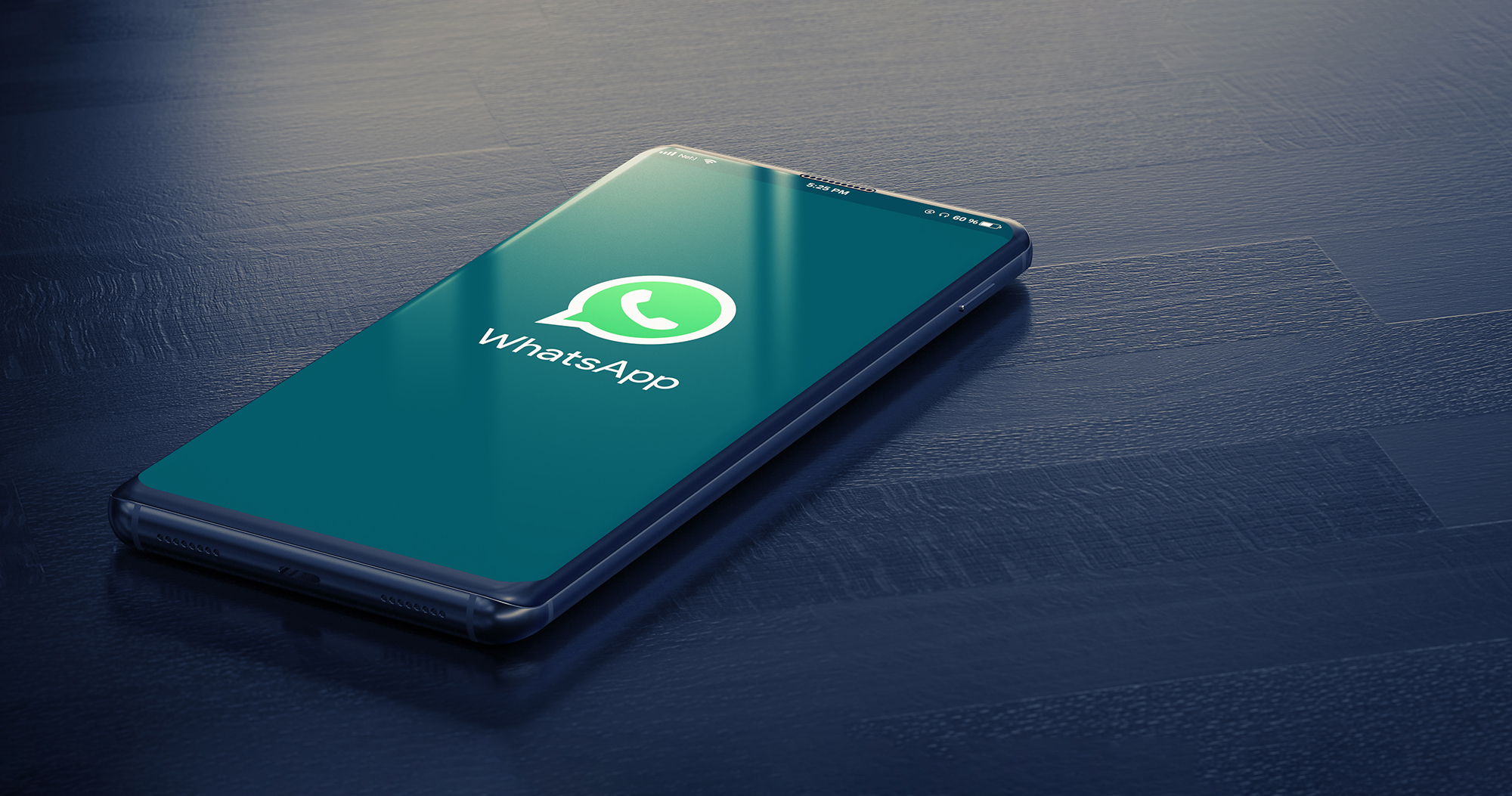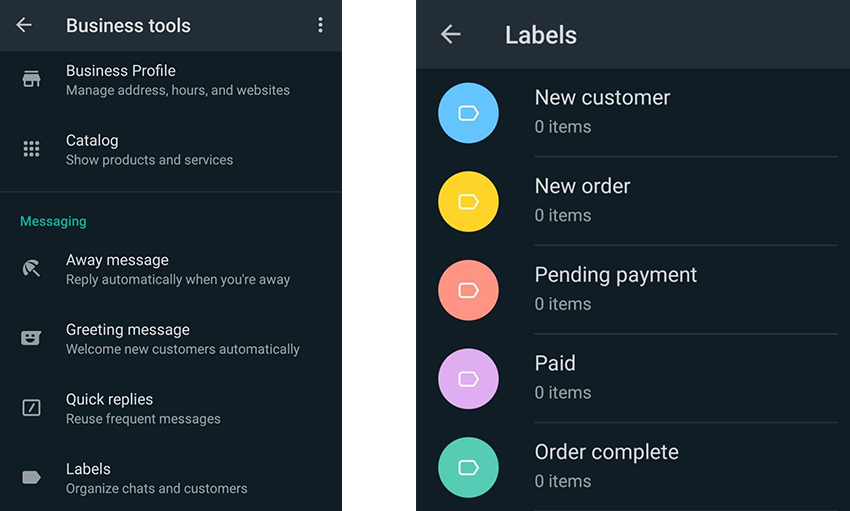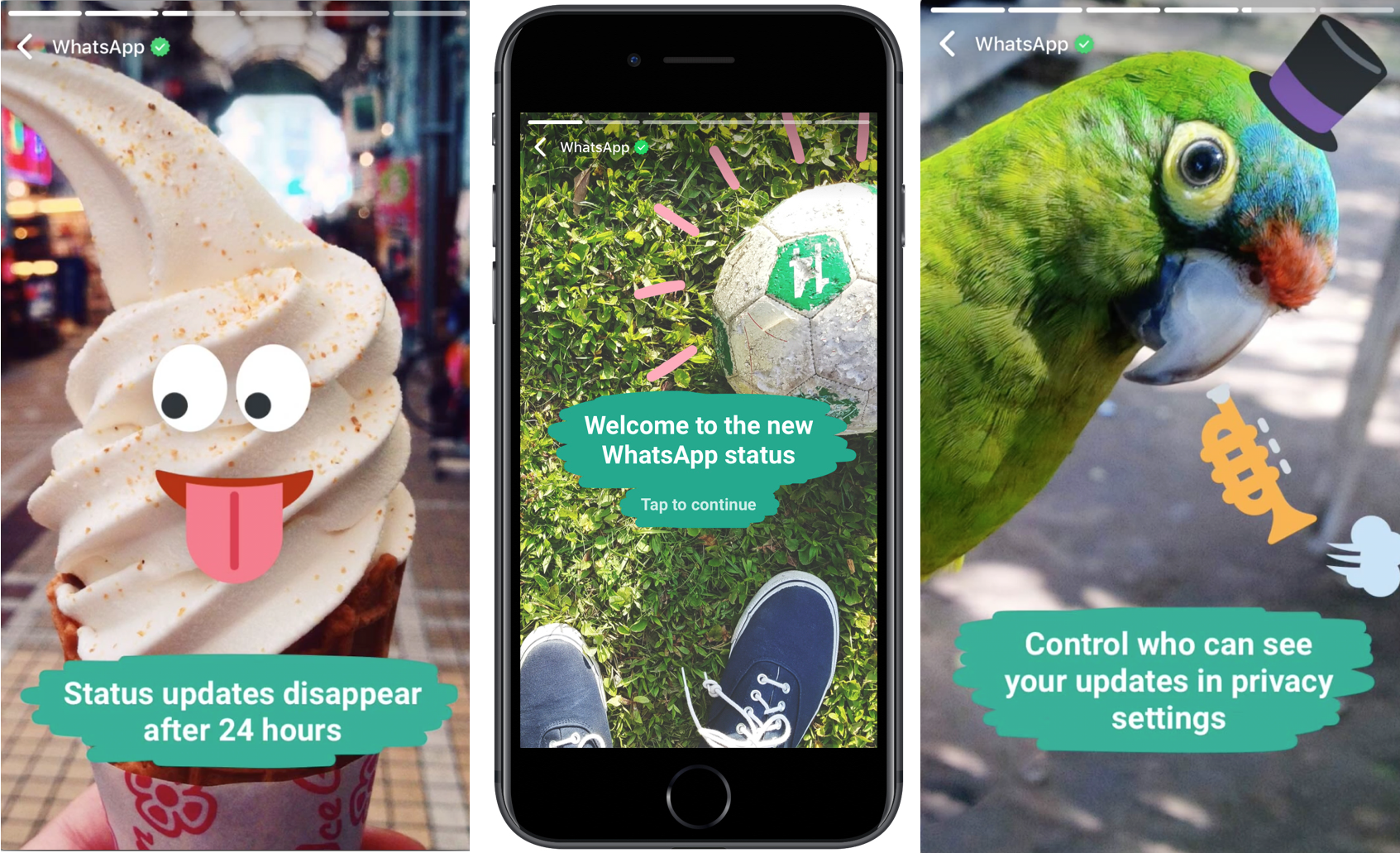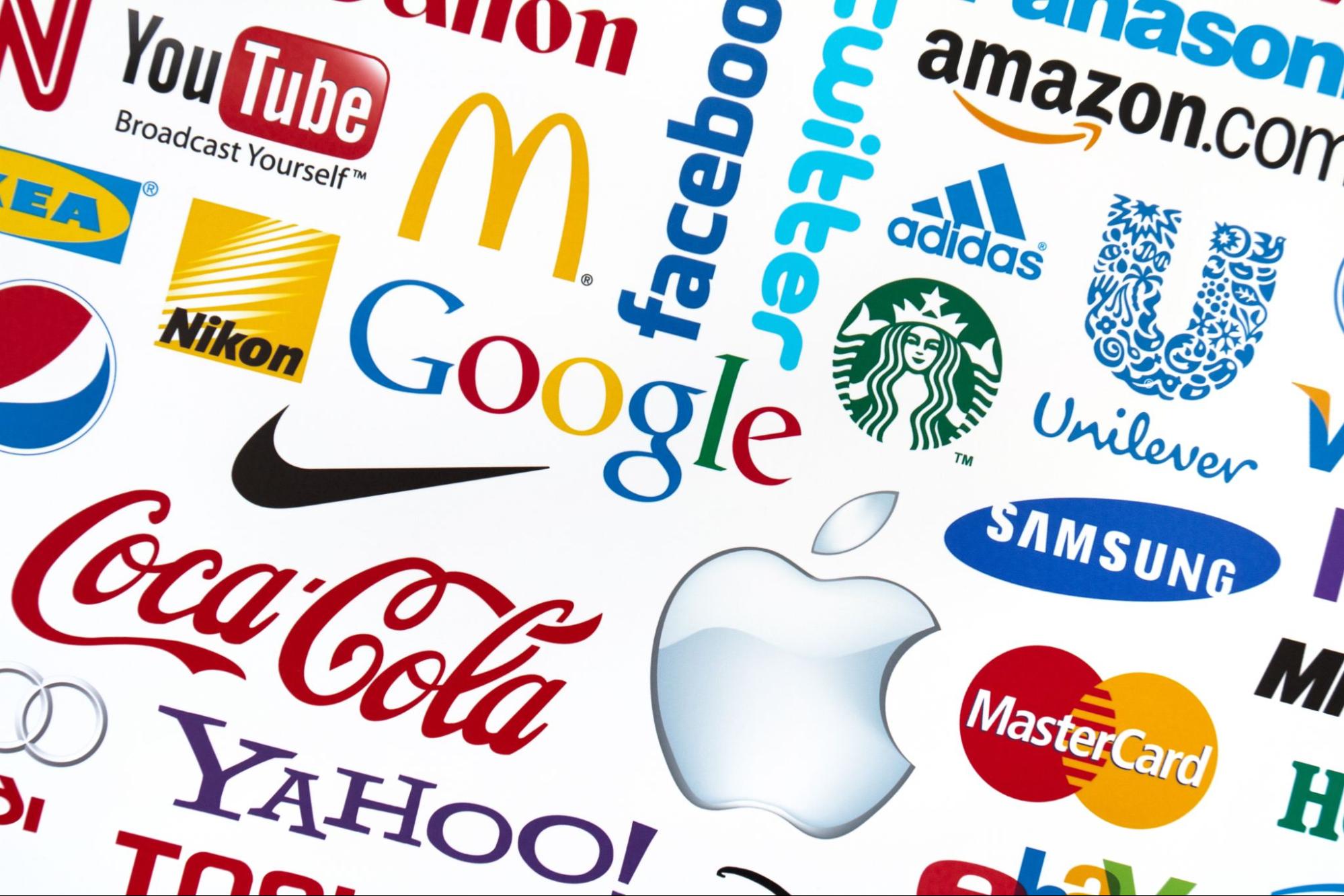The Beginner's Guide to WhatsApp Marketing

WhatsApp was founded in 2009 by two former Yahoo employees with the mission of making instant communication free to all. The app blew up immediately, garnering over 400 million active users by December 2013, as reported by the Business Insider. Then Facebook swooped in and acquired the business for $19 billion, which is nearly 20 times more than they paid for Instagram. That shows you just how much potential they saw in this service.
While WhatsApp was not originally designed with marketing in mind, and there is still no way to purchase ads on the platform, it became clear that WhatsApp is ready to monetize when in 2018, they launched “Whatsapp Business.” This version of the app was created for small business owners to better communicate with their clients, by allowing them to send mass texts and then measure the success of each campaign through simple metrics.
It’s only a matter of time before WhatsApp becomes a standard channel for marketing (especially in countries where WhatsApp is widely used). Take advantage of this timing and set up shop on WhatsApp Business while the platform is still unsaturated.
Table of Contents
But first, what exactly is WhatsApp?
WhatsApp is a completely free messaging app that lets you communicate with anyone in the world. Aside from regular text messages, you can also send photos, videos, voice messages, your location, documents, GIFs, and make video calls - it really combines everything you can ask for in a messaging service.
Who uses WhatsApp?
The median age of WhatsApp’s users is 36 - meaning you can actually use this SNS to target adults, which is usually the target demographic for B2B firms. The majority of social media are heavily dominated by teenagers - TikTok may be trending, but over 60% of its user base are between the ages 16-24. Make sure to invest in a marketing channel that actually reaches your target audience.
Where is WhatsApp most widely used?
According to Global Web Index’s 2020 Social Media User Trends Report, WhatsApp has become the main messaging service in many African (Kenya, South Africa, Nigeria), South East Asian (Malaysia, Indonesia, Singapore) and Latin American countries (Argentina, Columbia, Brazil), now touching nearly all corners of the world. It reached this widespread popularity so quickly as a cheaper alternative to text in countries where SMS costs are disproportionately high (compared with the US).
Features on WhatsApp Business

Business Profiles: create a profile for your company, with helpful info like your address, business hours, email, website, and of course a profile photo.
Catalog: digitally display of all your products/services
Labels: manage your leads with labels; the default labels are listed in the above right-hand image, though you are also able to add custom labels to suit your business’s needs
Quick Replies: save reply messages you plan to reuse again and again with keyboard shortcuts
Groups:you can create a group chat of up to 256 people, where your customers can exchange opinions and ideas
Broadcast: allows you to send out a message to multiple users at once, but appears on their end as a private 1-to-1 message
Message Statistics: gather data on how many of your messages were successfully sent, delivered, and read
How to Build Your Contact List
On WhatsApp Business, you are only able to contact users who have opted-in to receive messages from you. Either the customer needs to provide their phone number to you and allow you to add them, or you have to get them to register your phone number.
The simplest way to gain more contacts is to use subscription forms. Place a few CTA (call-to-action) buttons on your website and offer a lead magnet - an incentive to get them to subscribe, such as a free whitepaper or a discount. Then, you’ll actually have to manually register each phone number. This is time consuming for sure, but the hard work should pay off once you have a decent-sized list.

If you use multiple communication channels (whatsapp, facebook messenger, email), then it's also in good practice to let the customer choose where they would like to receive updates. When using your customers’ preferred communication platform, they are more likely to read and engage with your content, eventually leading to higher conversion rates.
Strategies for Marketing on WhatsApp
Send bulk messages to your broadcast list.
This is the equivalent of sending a mass email with all the recipients in the BCC (blind carbon copy), so that on the other side, your customer will see your message as a personal DM.
What kinds of messages should you send?
Surveys - conduct market research, check brand awareness, get feedback on your products
Recommendations - segment leads to offer them personalized product recommendations
Order confirmations - send a confirmation text when they make a purchase
Contents - link them to your latest blog or whitepaper, share the latest trends in their industry, send a weekly business tip, etc. (*the more creative you are with your marketing contents, the better!)
Announce events and special offers on your story.
Similar to the Instagram or Snapchat story, WhatsApp allows you to make a post that is live for only 24 hours. This is a perfect way to alert customers of a flash sale, or a campaign coming to an end. You can attach a link to your website, or add the caption “text us for more details,” and incite a conversation.
Another idea for your story is to share an upcoming event, like a Q&A where you take all your followers' questions via chat, or announce an upcoming Webinar and share the URL to sign up on your website (have the users sign up through a form, so you can collect their personal info).

Provide immediate customer support.
With the direct chat function, you’re allowing all of your customers to access you more easily than ever, however, they will be expecting more or less immediate responses. If you don’t have the human resources to reply to each and every message 24 hours a day, within an hour, then I highly suggest setting up a simple chatbot. Teach it your most frequently asked questions and corresponding answers, and then let it handle some of your customer service.
Guide to setting up a chatbot:
https://botscrew.com/blog/a-step-by-step-guide-to-create-chatbot-for-whatsapp-for-business/
Create a consistent brand persona.
A brand persona is a collection of personality traits that define your brand - it is the “face” of the brand that differentiates your business and helps you to connect with the audience. This concept is extremely important to consider in social media marketing - because you’re interacting with customers in such a casual and personal setting.
Your brand has to show its human side: its values and mission, tone of voice, sense of humor, goals and frustrations. You have to envision your brand as a real person, and take on that persona consistently when you chat with customers online. Take for instance Apple, which is defined by its minimalist, innovative, and rebellious qualities; meanwhile, Patagonia expresses itself as exploring and adventurous, with an activism and concern for the environment.

Get creative with multimedia messages.
Since you’re not limited to text-only messages, you should make use of the multimedia options and send photos, videos, GIFs, and even spice up your texts with emojis. Here are some ideas to get you started:
- Film a behind-the-scenes video of the office with your phone camera, just walking around and introducing a few coworkers. You may want to warn them you’ll be filming them ahead of time, but a candid video will also make for some amusing content (The Office style). This can help build the brand persona while delivering fun content to your contacts!
- Send out an educational video in your specialty area - ex. “10 Things Not To Do When Cold-Calling.” Similarly, you could create ebooks with colorful infographics giving even more in-depth information, and deliver the file to your customers through WhatsApp.
- Ring up your happiest clients and ask if they would be willing to give a video testimonial. Then you can take the real feedback from several different customers, mash it up into a single video and broadcast it to your whole list. If this seems a bit difficult, you could share a few blog posts with your customers’ voices as well, with a photo of your clients smiling and looking satisfied.

To conclude, WhatsApp may not be recognized as the go-to marketing channel yet, but the fact remains that it is the #1 most widely used messaging app in the world, and along with the introduction of WhatsApp Business, it’s easier than ever to set up a new marketing channel via text.

.jpg)
.jpg)
.jpg)


